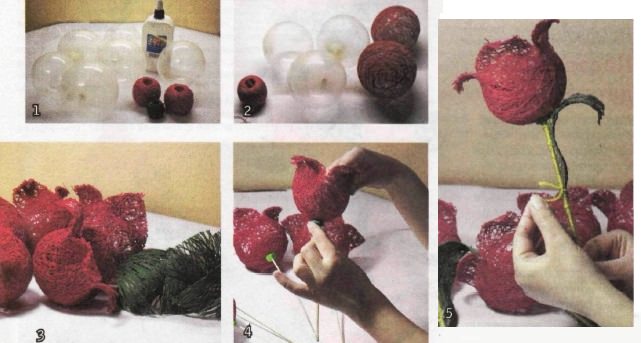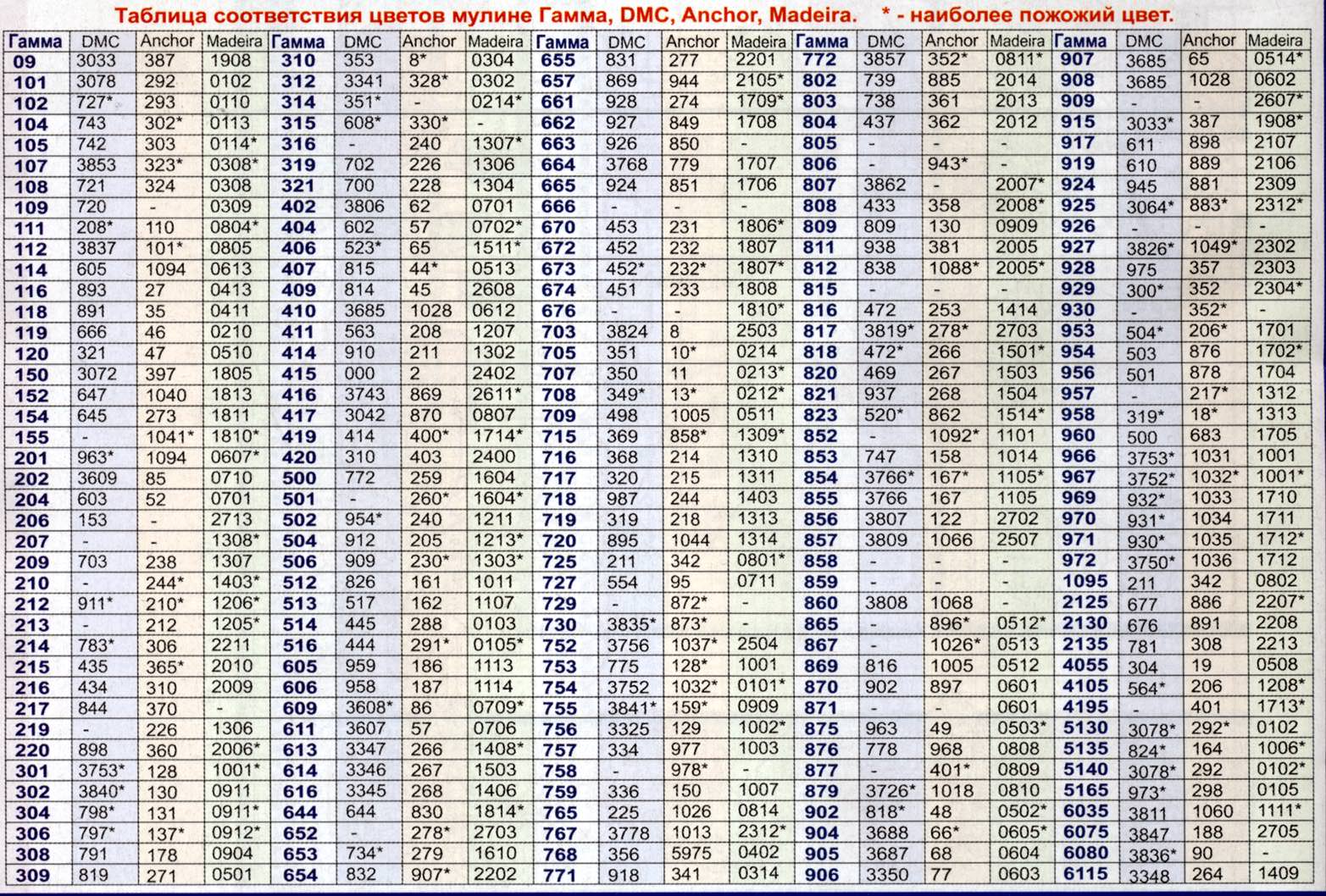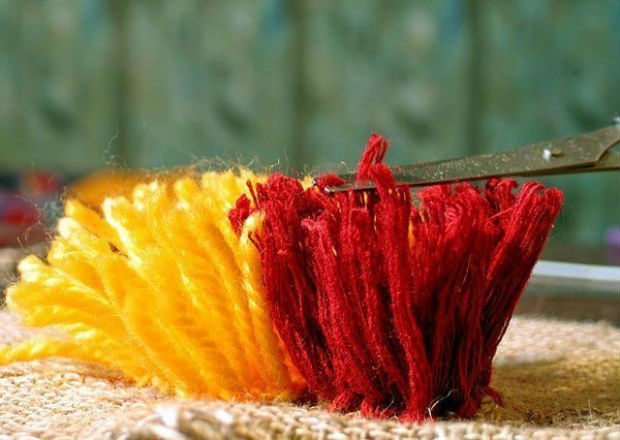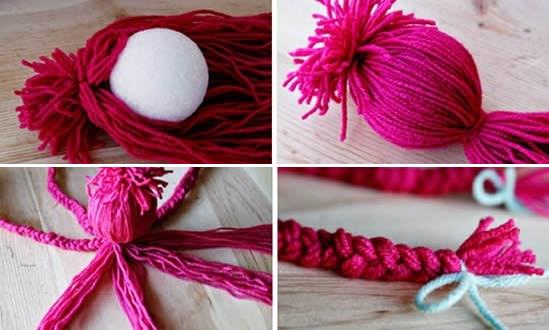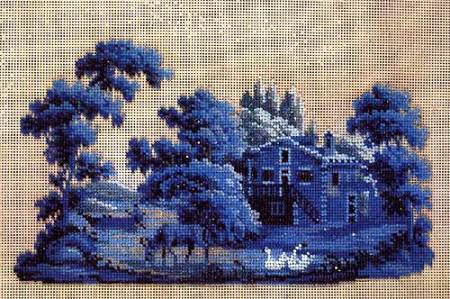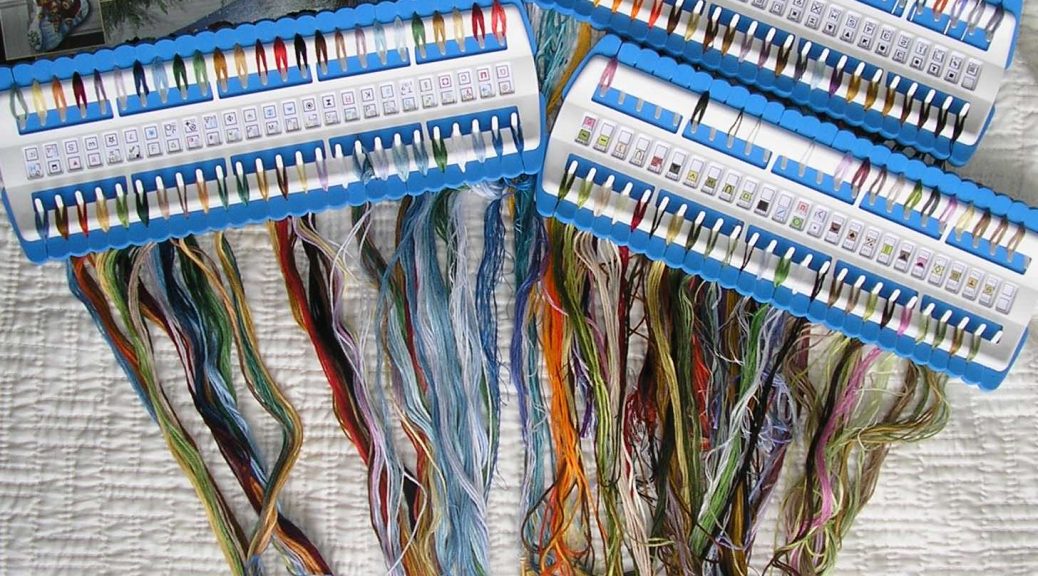
Organizer for mulina: ways of storing threads (photo)
Content
- What to wind on the thread
- Thread Organizer
- Organization of a separate embroidery process
- Video: organizer for the mule with their own hands
Organizer is an adaptation thatHelps to restore order regardless of the scope of its use. Needlework, perhaps, is one of the types of employment, where this very organizer is sometimes a liferaft. The needlewomen can embroider in different ways. Someone prefers ready-made sets, and someone selects threads for embroidery schemes on their own. But regardless of this, any embroiderer, over time, accumulates a huge number of all kinds of accessories for needlework and embroidery, including
. And each of them starts to think about how it is most compact and inexpensive to keep it all. Which organizer to create or buy for all of its "wealth".
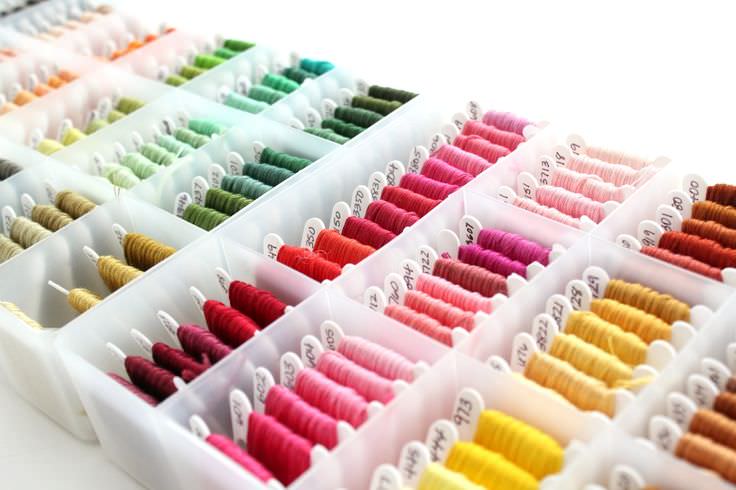

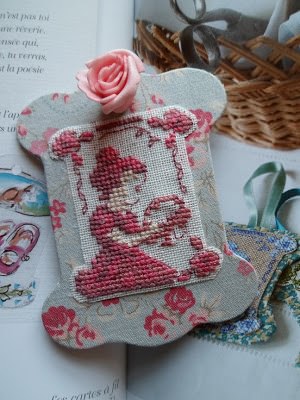

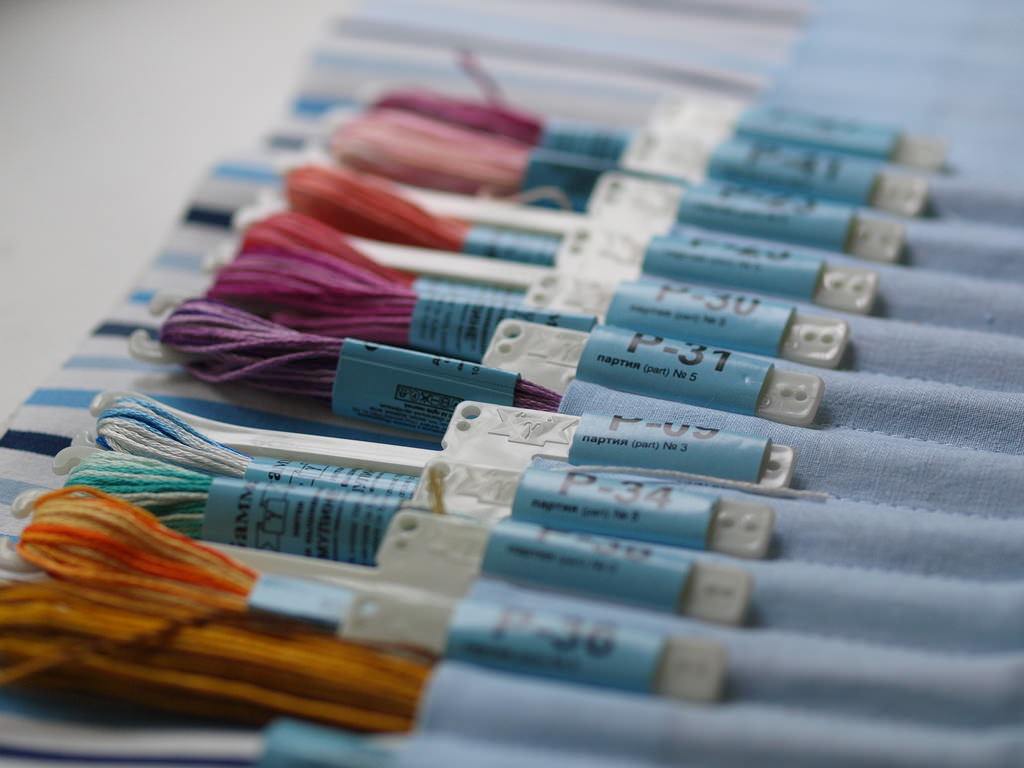
What to wind on the thread
Manufacturers of thread mulina do not recommend storingThem in coils, as it helps to entangle and form nodules, and advise to use a special organizer for storage. With a view to better preservation, it is necessary to rewind the threads. The most common for this purpose are bobbins or bones.
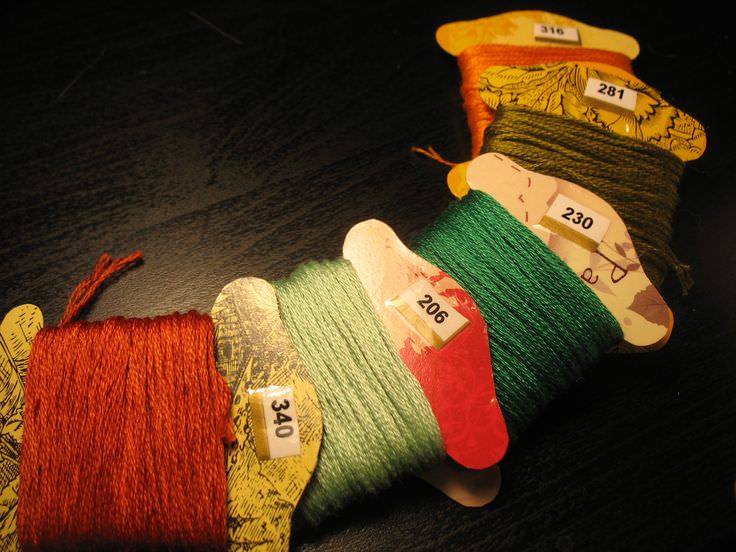
Many well-known firms produce bobbins forMulina in cardboard and plastic form. There are also bobbins for winding threads of several colors or several shades of the same color, which will be especially convenient when organizing a separate embroidery process. Plastic bobbins are more durable than cardboard bobs and allow them to be used for a much longer time. On the bobbins made special incisions so that when you wrap them with their own thread, the ends of these threads are not unwound. Each rewinded string must be signed by its number and the manufacturer must be specified. To this end, stickers are used, which are also sold by some firms for needlework with already printed numbers. There is a round hole on each bobbin to collect the threads of the right colors for an organizer, such as special metal rings.
Bobbins for card-shaped mulinaNo different from their plastic counterparts. They differ only in their properties. After all, the cardboard base is less durable and quickly goes out of order, but the price is more budgetary.
It is possible to create with your own hands the sameSpools for a moulinet. Cut them out of strong cardboard or from a plastic folder. They can even be beautifully decorated at their discretion by applying decoupage or painting. There are craftsmen who cut out their own bobbins for wood floss. Decorate them with carving or burning. To lay all your bobbins, you can use a branded or self-made organizer for thread floss.
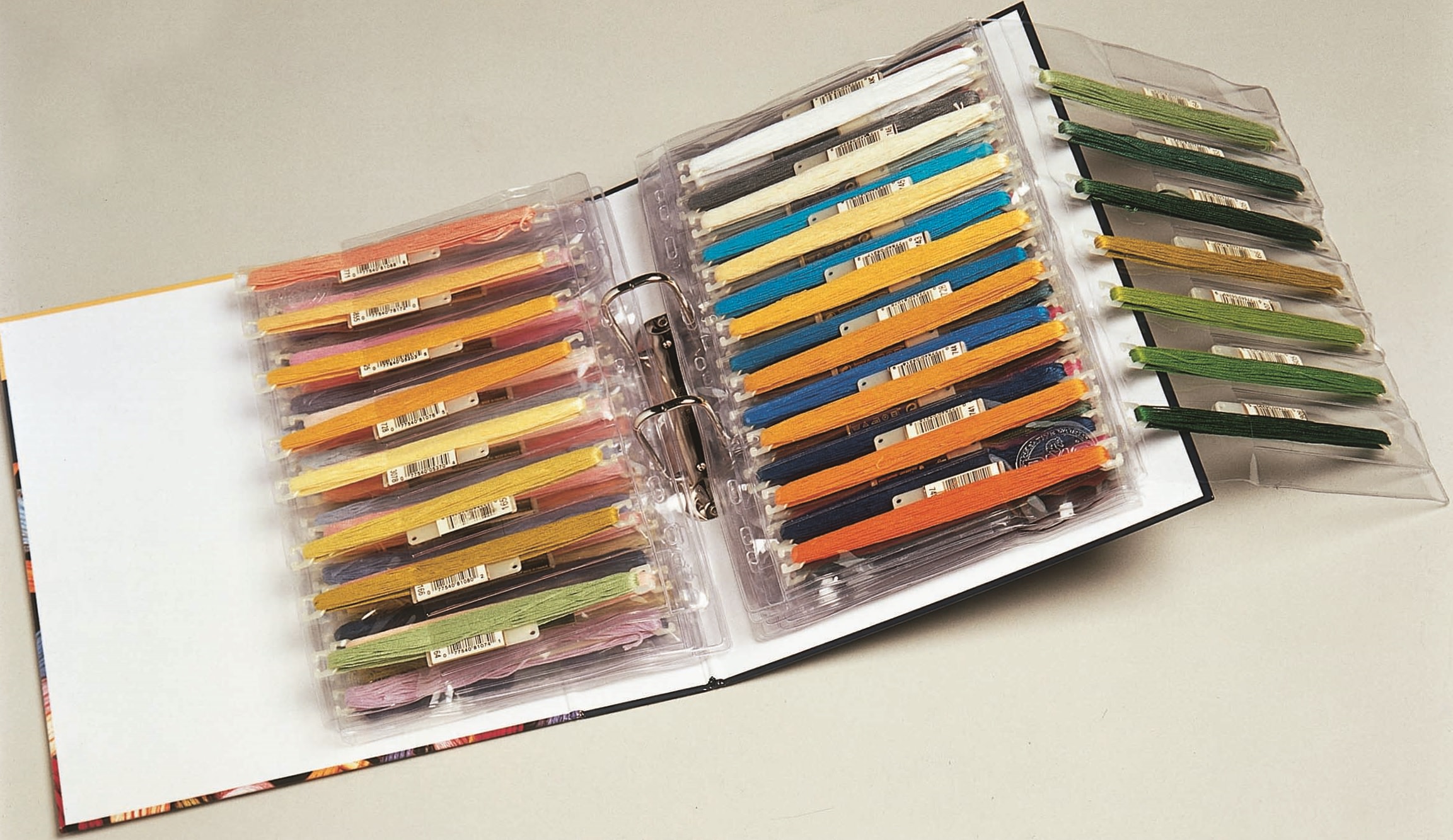
The organization of storing the mule on the bonesA less popular option for organizing embroidery threads are bones. They are usually plastic. They are sold by various companies that produce accessories for needlework. Threads on them are not rewound, but put on all the hammer at once. Then they can simply be pulled with each elastic band. For safety, thus wound threads, as an organizer, will go any suitable box in size. Bones have one significant drawback - they are inconvenient to store remains of thread of small length, as well as individual strings. In addition, they do not have a fixer for the tip of the thread.
In addition to all the above embroideressesWind up their own thread for needlework on any other improvised means. It can be left from the old thread coils and even wooden clothespins. Many simply fold the cut into embroidery threads into plastic bags with a latch, for storage which fits any box or casket.
Thread Organizer

Well, finally, all the threads are rewound and there isThe question: "And where is all this good to put?". No doubt, as an organizer for threads, you can use absolutely any box or box. You can simply add up all the available stocks there, and it's better to work a little more with your hands and arrange dividers in the box corresponding to the width of your bobbins for more convenient placement.
Many manufacturers of accessories for embroideryTook care of this, creating their own organizer for each storage option. They produce plastic containers with dividers, which contain a certain number of bobbins. But at its core, this plastic organizer, the same box for embroidery. Of course, it is more durable than cardboard. But your casket for thread floss or, in general, an organizer for needlework, can be made not only from cardboard. For these purposes, a metal box of sweets or cookies is perfect, as well as a wooden casket lying around at home. Use, under the organizer, a plastic box for small items that is sold in economic or fishing stores, in fact, it is just as accurate as the branded organizer, but its cost is much lower. Before you lay out the strings in a box, decide which way of this layout you like most. They can be divided into colors and shades, and you can refer to the way of styling by numbers.
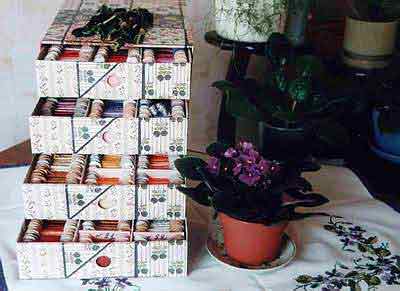
To create an organizer for threads wound onBones, a conventional casket can also be used. But it's better to use a specially designed organizer in the form of a folder with files for storing the moulinet, wound up in this way. These files are divided into sections corresponding to the size of the bones, and then attached to a special folder.
Modern masters create factory or their ownHands organizers of stunning beauty. It can be a casket, in the form of a house or chest, divided into compartments for unfolding strings, or a mini chest. It is always a work of art, bright, colorful and comfortable. Such an organizer for embroidery will be an excellent decoration for any corner of needlework. There are also organizers for non-standard bobbins. These are products of unusual shape or size. Manufacturers of such bobbins, as a rule, create for their creations separate containers, unlike all the others. All of them are also decorative decorated and carry not only practical, but also aesthetic load.
Organization of a separate embroidery process
In the world of needlework there is also such a conceptAs an organizer for a separate embroidery process. It can be cardboard, having the form of a rectangle with round holes along the edge, into which the cut threads are drawn, or plastic. Firms manufacturers of goods for embroidery use creating such an organizer, various forms, as well as a wide range of colors. Holes can be either from one edge or both, or follow the organizer around. All this depends in part on its shape. Over the holes in this organizer, the thread numbers and icons are entered according to the pattern for embroidery.
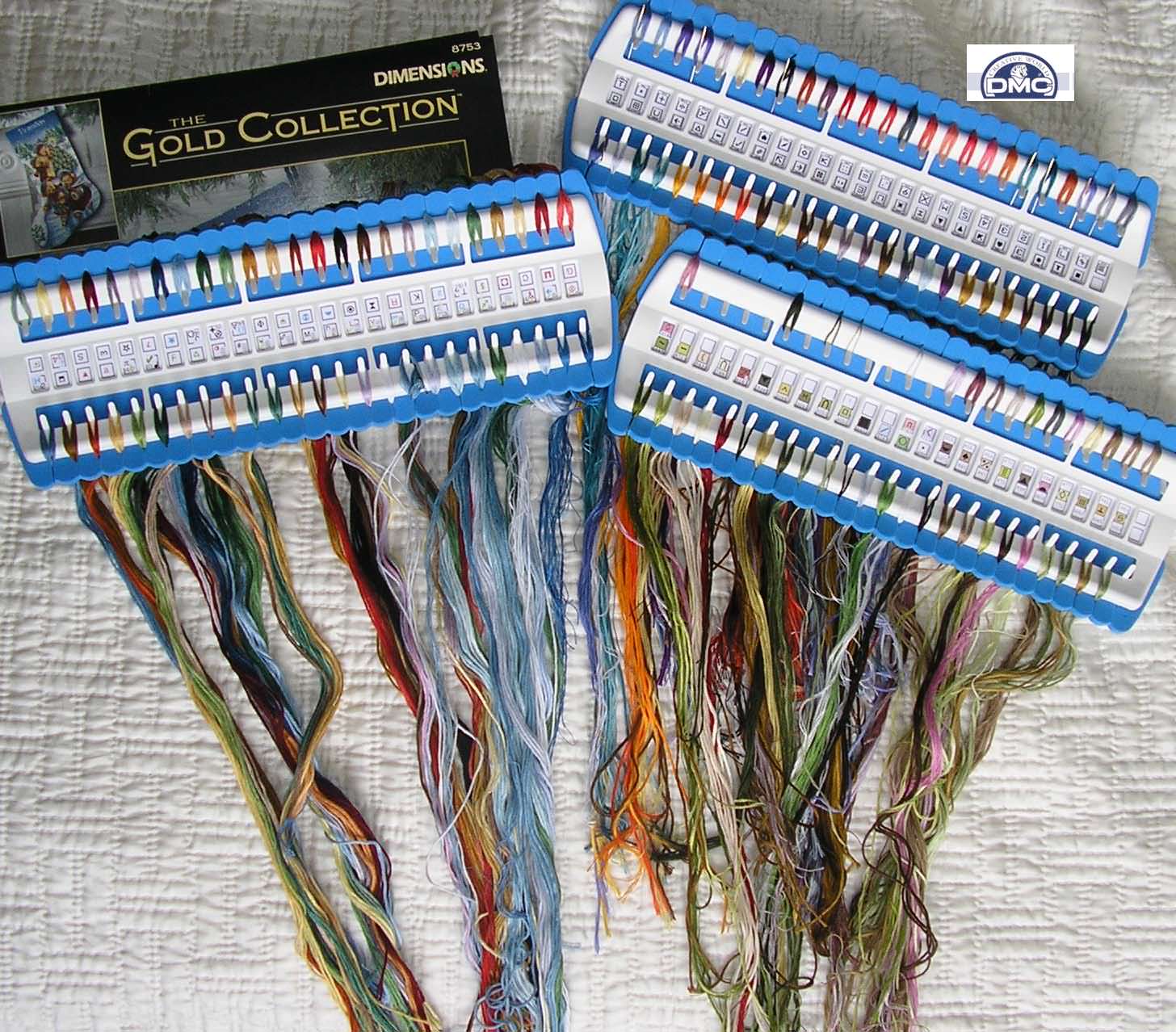
Pako Organizer can also be used as aOrganizer, metal rings. Their other name is sorting rings. They just put on the necessary for this process of embroidery, bobbins with coiled thread. There is also a mixed organizer for such an organization. For example, the organizer Paco. It combines an organizer for needles with an organizer for threads and is designed for fifty colors. The cells are located on two sides. It consists of a rigid foam, due to which the threads, hooked on the plastic cells, are fixed. Also this organizer is equipped with paper inserts, on which the icons corresponding to your embroidery scheme are recorded. Such a device, of course, greatly speeds up the pace of embroidery, and also avoids annoying mistakes in its work. But, Paco's organizer, the pleasure is not quite cheap.
There are some rules to extendLife is your favorite organizer. First, do not put more than five pockets in one cell, and secondly pull at most one thread at a time. There is one more organizer, a mixed one - floor. But it is rarely used. This organizer takes up a lot of space and is unlikely to suit those with small children or a cat at home. In addition, the threads on it are often confused.
Video: organizer for the mule with their own hands
